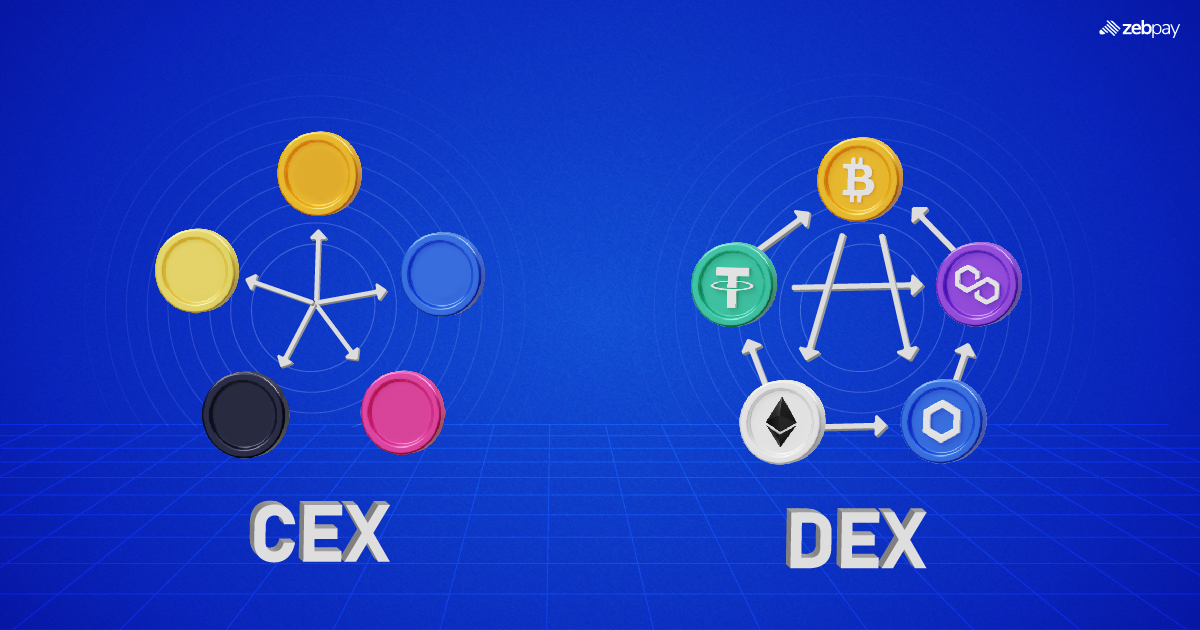In the world of Bitcoin (BTC), people’s holding and use of this digital asset has evolved. What began as a fast-moving, niche market has slowly moved towards long-term ownership, with many investors choosing to hold onto their BTC for the long term. This growing trend underscores growing confidence in the future, emphasising the presence of BTC as a store of value, not just a medium of exchange. In this article, we explore the key drivers of this shift and how long-term holding periods are reshaping BTC ownership.
Overview of Bitcoin Ownership Trends
Based on how BTC ownership patterns have been, over the years, this is how it can be summarised:
- BTC’s early years were dominated by short-term traders looking for quick profits.
- Significant market volatility determined BTC ownership during its initial stages.
- The gradual shift towards long-term holding as BTC gained mainstream adoption.
- Increased adoption of the Hold Onto Dear Life (HODL) strategy by individual investors and institutions.
- Data reveals a rise in long-term holding, signalling greater confidence in BTC’s future.
- BTC is increasingly viewed as a store of value and a hedge against inflation.
- Comparison with traditional assets like Gold as a digital alternative for wealth preservation.
Rise of Institutional Investors in Bitcoin
The rise of institutional investors has played a pivotal role in the shift towards long-term BTC holding. Over the past years, a growing number of large firms, hedge funds, and public companies have started to add BTC to their portfolios. High-profile investments from companies have not only legitimised BTC but also encouraged others to follow suit. Notable examples include:
- MicroStrategy: As of June 2024, MicroStrategy held 8,027 BTC, valued at approximately $573 million.
- Marathon Digital Holdings: By May 2024, Marathon Digital had accumulated 17,631 BTC, worth around $1.23 billion.
- Tesla: In December 2020, Tesla invested $1.5 billion in BTC, though it sold 10% of its holdings in Q1 2021.
- BlackRock: Through its iShares Bitcoin Trust (IBIT), BlackRock has become a major entity in institutional BTC holdings.
- Grayscale Investments: Grayscale’s Bitcoin Trust (GBTC) has been significant for institutional BTC investments.
Factors Driving Long-Term Holding
| Increased Trust as a Store of Value | Investors are recognising BTC’s potential to preserve wealth over time. |
| Growing Institutional Adoption | Increased participation from institutional investors brings stability and confidence to the market, encouraging long-term strategies. |
| Regulatory Clarity | As governments start to provide clearer crypto regulations, investors can feel more secure holding BTC long-term. |
| Technological Advancements | Improvements in blockchain technology and security measures can make BTC holding safer and more appealing. |
| Market Maturity | As the crypto market matures, volatility decreases, leading to a greater focus on long-term investing. |
Impact of Halving Events on BTC Trends
- Supply Reduction: BTC Halving events, which occur approximately every 4 years, reduce the reward for mining new blocks by half. This scarcity often leads to increased demand and long-term holding.
- Historical Price Increases: Past halving events have typically preceded significant price surges, attracting investors who anticipate future gains. This trend encourages both new and existing holders to adopt a long-term strategy.
- Market Sentiment: Halving events generate heightened market interest and speculation, fostering a bullish sentiment among investors. This optimism often leads to increased long-term holding as individuals bet on BTC’s future value.
- Long-term investor focus: Experienced investors tend to view halving events as a critical factor in BTC’s overall supply dynamics. As a result, many choose to hold their BTC in anticipation of future price increases, reinforcing long-term holding trends.
- Shift in Mining Economics: Halving events alter the economics of BTC mining, impacting miners’ behaviour. Miners may hold onto their rewards longer, further contributing to the overall reduction in available supply and promoting a culture of long-term holding among both miners and investors.
Future Outlook
Prospects for the long-term holding of BTC are promising, driven by a confluence of factors that are likely to determine ownership trends in the coming years. Increased institutional recognition is expected to boost confidence among retail investors, as larger institutions start recognising BTC as a valid asset class. Ongoing regulatory improvements should enhance investors’ protection, encouraging a shift away from speculative trading towards long-term investment strategies. Moreover, as the crypto market matures and gets less volatile, more and more individuals are expected to see BTC as a reliable store of value, especially in light of global economic uncertainties. Technological advances in blockchain, along with security and efficiency, should also create greater confidence among long-term holders. Combined with the prevailing “HODL” mindset in the crypto community, these trends suggest that BTC will maintain its position as a sustainable long-term investment, shaping the future of digital asset ownership.
Read more: HODL v/s Staking
Conclusion
In conclusion, the shift towards long-term holding in BTC is fueled by increased institutional adoption, regulatory clarity, and technological advancements. As market maturity reduces volatility and global economic uncertainties persist, more investors should view BTC as a reliable store of value. Market experts believe that this trend reinforces the asset’s position as a sustainable long-term investment.
Unravel everything that you need for your crypto journey via ZebPay blogs. Get started today and join 6 million+ registered users on ZebPay!you need for your crypto journey via ZebPay blogs. Get started today and join 6 million+ registered users on ZebPay!







